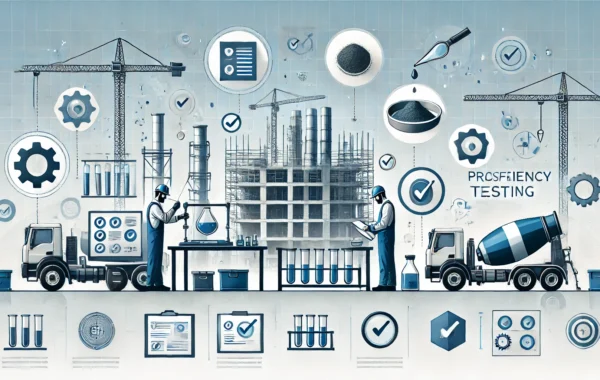When it comes to building the spaces we live and work in, there’s one unsung hero that ensures our safety: Material Testing. It’s not just a box to check; it’s the vigilant guardian of structural integrity, preventing potential disasters that could impact lives and investments.
So, what’s the big deal about material testing in construction projects?
Well, it’s like giving our building materials a thorough health check. Imagine going to the doctor for a check-up – it’s not about finding problems but ensuring everything is in tip-top shape. Material testing does the same for our construction materials, making sure they meet the high standards required for the job.
Why does this matter? Because, in the real world, material testing has been the unsung hero preventing disasters. Think back to the “Challenger Space Shuttle disaster in 1986“. The heartbreaking loss of seven lives was traced back to a tiny component, the O-ring, that went brittle in the cold. Material testing could have spotted this vulnerability, possibly saving lives and the mission.
And it’s not just about space missions; it’s about everyday buildings too. Picture a skyscraper project where material testing uncovered tiny cracks in steel beams. These cracks weren’t visible to the naked eye, but they hinted at a potential weakness. By catching this early, disaster was averted, and the building stands strong today – a living testament to the power of material testing.
But it’s not just about preventing disasters; it’s about saving money too. By catching subpar materials before they become part of a project, we’re avoiding hefty costs down the line for repairs and replacements. Sure, there’s an upfront investment in testing, but it’s a fraction of what we might pay if something goes wrong – not just in dollars but in legal troubles and damage to our reputation.
And there’s more. Material testing isn’t just about avoiding disasters; it’s about ensuring quality. Knowing that we’re using top-notch, thoroughly tested materials gives us confidence. It gives builders and architects confidence too. And, most importantly, it gives the people who live and work in these spaces confidence – confidence in the safety, longevity, and overall quality of the structures they call home.
So, here’s the bottom line: Material testing is not just a necessary step in construction; it’s our commitment to building a safer, more resilient future. It’s about keeping our spaces not just standing but standing strong, and it’s about making sure that when we build, we build for the long haul – because our safety and satisfaction depend on it.


